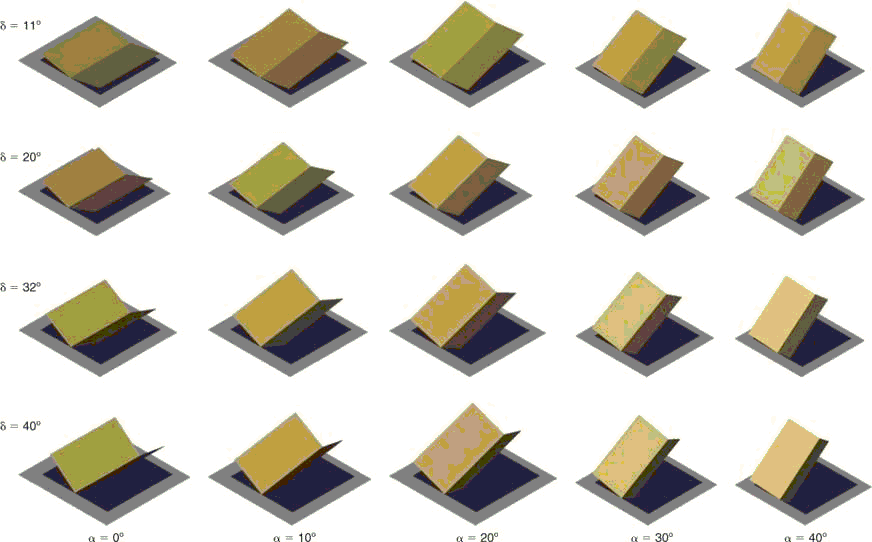Fire spread in canyons
Domingos Xavier Viegas A B and Luis Paulo Pita AA Centro de Estudos sobre Incêndios Florestais–Associação para o Desenvolvimento da Aerodinâmica Industrial, Universidade de Coimbra, Apartado 10131, 3031-601 Coimbra, Portugal.
B Corresponding author. Telephone: +351 239 790732; fax: +351 239 790771; email: xavier.viegas@dem.uc.pt
International Journal of Wildland Fire 13(3) 253-274 https://doi.org/10.1071/WF03050
Submitted: 17 June 2003 Accepted: 23 June 2004 Published: 16 November 2004
Abstract
Canyons or ridges are associated with a large number of fatal accidents produced during forest fires all over the world. A contribution to the understanding of fire behaviour in these terrain conditions is given in this paper. The basic geometrical parameters of the canyon configuration are described. An analytical model assuming elliptical growth of point ignition fires and constant values of rate of spread is proposed. A non-dimensional formulation to transfer results from analytical, numerical, laboratory or field simulations to other situations is proposed. An experimental study at laboratory scale on a special test rig is described. A wide set of canyon configurations were covered in the experimental program. In spite of the relatively small scale of the experiments they were able to put in evidence some of the main features found in fires spreading in this type of terrain. They show that in practically all cases the rate of spread of the fire front is non-constant. On the contrary, the fire has a dynamic behaviour and its properties depend not only on the canyon geometry but on the history of fire development as well. The convection induced by the fire is enhanced by terrain curvature and the fire accelerates causing the well-known blow-up that is associated with canyon fires. The rate of spread of the head fire increases continuously even in the absence of wind or any other special feature or change of boundary conditions that are sometimes invoked to justify such fire behaviour. The results of the present study confirm the predictions of a previous numerical study of the flow and fire spread in canyons that showed the important feedback effect of the fire on the atmospheric flow and how this affects fire behaviour in canyons. Results from a field experiment carried out in a canyon-shaped plot covered by tall shrubs were used to validate the laboratory scale experiments. Case studies related to fatal accidents that occurred in canyon-shaped configurations are analysed and recommendations to deal with this problem are made. It is shown that these accidents may occur even in the absence of special fuel or atmospheric conditions as they are intrinsically related to terrain configuration.
Additional keywords: blow-up; chimney effect; convection effect; fire behaviour; fire dynamics.
Lopes AG, Sousa CM , Viegas DX (1995) Numerical simulation of turbulent flow and fire propagation in complex topography. Numerical Heat Transfer Journal 27, 229–253.
Viegas DX (2004) Slope and wind effects on fire propagation. International Journal of Wildland Fire 13, 143–156.
| Crossref | GoogleScholarGoogle Scholar |

|


